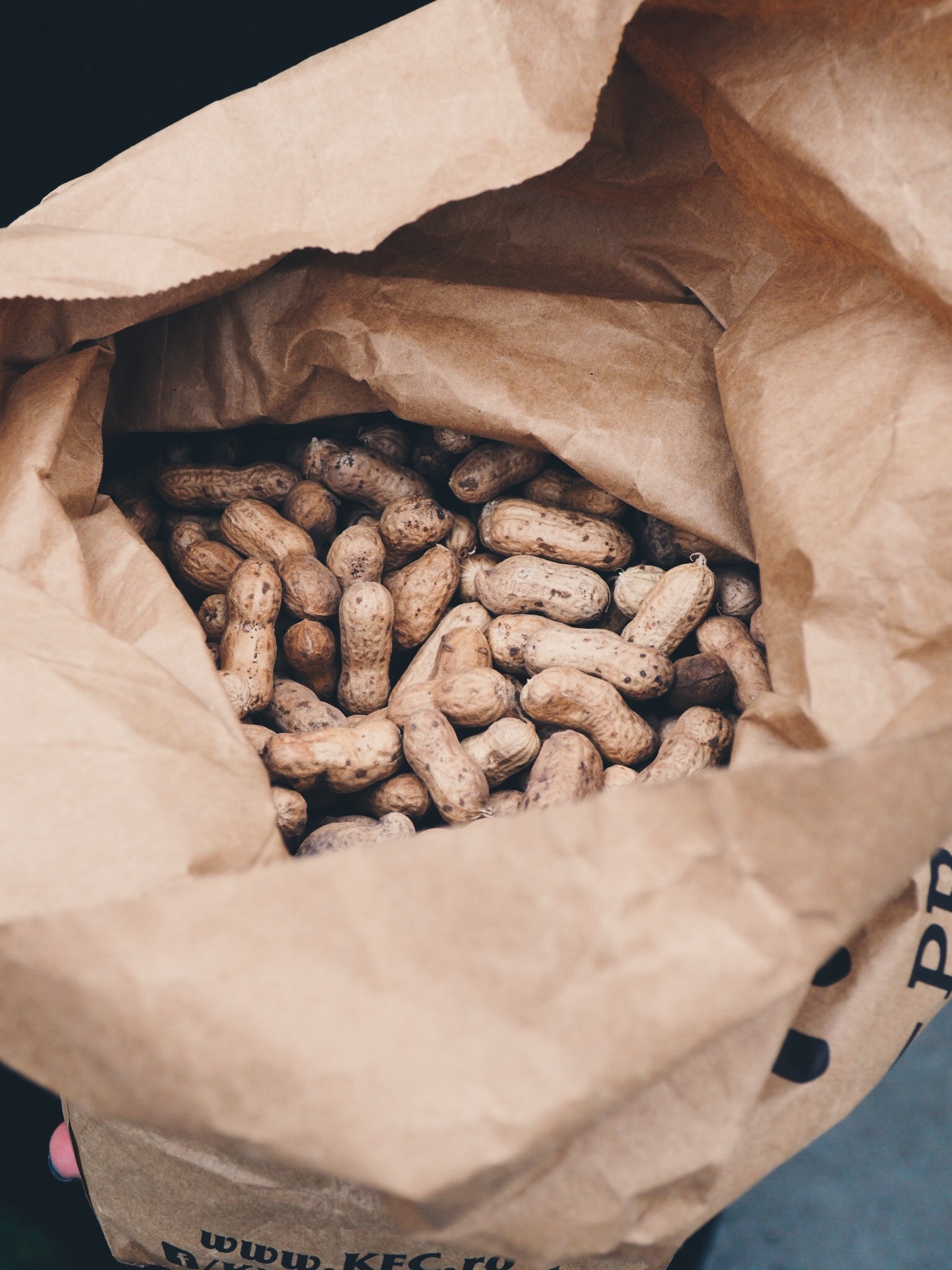ARGENTINA UPDATE
Officials report that another period has passed without rainfalls in the peanut region. The expectations for the peanut crop continue getting worse day by day because of the lack of rain. Plants are under extreme stress as they begin to show a vegetative shrinkage and some even dying. One noted, the moisture reserves in most of the soils do not virtually exist. IOf the 340,500 hectares planted in the province of Córdoba, 100% is in reproductive stages, where84% is through its critical period, which is between R3 (beginning of pods formation) until R6 (complete seed). The general condition of the cultivar worsened substantially from the previous fortnight.
PEANUT CROP INSURANCE DEADLINES
To prepare for this year, the U.S. Department of Agriculture’s (USDA) Risk Management Agency (RMA) urges farmers to sign up for crop insurance before the sales closing dates for eligible 2018 spring crops. The sales closing dates for most spring-planted crops are February 28 or March 15.
Federal crop insurance helps producers recover after severe weather and manage other business risks. RMA implemented a number of program improvements for the 2018 year. Farmers can buy crop insurance under three plans Yield Protection (YP), Revenue Protection (RP), and Revenue Protection with Harvest Price Exclusion (RP-HPE). YP only covers yield losses based on the elected insurance coverage level.
Buy-up coverage ranges from 50 to 85% coverage of the expected, or Actual Production History (APH), yield and comes in three elected forms: For example, for an 85% coverage level, an indemnity will only be paid if the production to count falls below 85% of the APH yield. RP and RP-HPE cover revenue losses due to yield and/or price reductions. Farmers may choose one coverage level for all irrigated acres in the county and a different coverage level for dry-land. Catastrophic coverage is fixed at 50% of the approved yield and is 100% subsidized.
Other facts for farmers: Projected price election for 2018 – $.1961 or $392.20
Coverage based on prices in sheller contract – not to exceed 120 % or $.2353
Earliest planting date is 4-1-2-18. The final planting date is June 5, 2018.
For information http://www.rma.usda.gov/tools/agent.html for the agents in your area. For more information about crop insurance visit www.rma.usda.gov. In 2017, RMA sold 8,307 policies covering 1,641,673 acres. Total liability was $858,613,639. Farmers paid in premiums totaling $71.434 million with a subsidy of $42,116 million. Indemnity or claims were $56.670 million for a Loss Ratio of .79. For each dollar invested, the payout was .79.
2018 FARMER CONTRACTS
ü Option Contract on SE runner type peanuts – $45 per ton basis grade, $45 per ton a delivery or $400 per ton for FIRST TON, Another at $400 per ton, limited tonnage for each buying point. $425 per ton for High Oleic.
ü Option Contract on SE runner type peanuts – $25 per ton basis grade, or $380 per ton for remaining tonnage.
ü Offering a 2018 crop flex contract at $ 370 ton ($ 15 option). 370 = 0.46 SE RU MED The mediums price range on the 2018 flex is 0.46 minimum to 0.56 maximum. Seller is eligible to collect $ 13.50 per ton for each 0.01 that mediums price exceeds 0.46. The price discovery period for the 2018 flex begins Aug, 1, 2018. These contracts are limiting the growers tonnage on either. The shelled market price (med- Runners) reported today is $.46 per pound.
CHANGING ECONOMIC TRENDS IN PEANUTS
Adam Rabinowitz of the University of Georgia told peanut buying point managers that elimination of generic base means planted acres are fully decoupled from Title 1 commodity program. Therefore, growers need to plant for the market and it is more important than ever for growers to know their cost of production! Adam showed charts on the average cost and average return. His chart showed that a $400 per ton peanut on irrigated land would equate to a $.70 cent per pound cotton (irrigated). As to the peanut outlook, Adam said:
- Planting expectations less than 2017 but greater than 700K acres likely.
– Other crop prices
– Elimination of generic base and need for rotation
- Demand pace continues to be strong
- Record carryover stocks will keep price down
- Exports to Asia, Chinese interest to return with lower prices?
Adam also presented charts that caused his concern for the future of agriculture. Those included
- Commodity prices are looking more volatile
- Net farm income and cash income are declining
- Financial stress is a growing problem
PEANUT SUPPLY COULD BE LOWER
The 2017/18 U.S. peanut crop is now estimated at 7.234 billion pounds (3,617,000 tons). Inspections show a crop of 3,531,275 tons inspected as of 2-13. That is a difference of 85,725 tons. Also, 25,000 tons were lost to a fire. So, the supply of peanuts could be estimated at 3.5 million tons.
USDA shows a peanut demand at 3,130,000 tons which includes domestic food use at 1,586,000 tons, exports at 700,000 tons followed by crush at 400,000 tons and seed/residual at 444,000 tons. This month, crush was reduced 50,000 tons, which caused a slight increase in the ending stocks, now totaling 1,270,000 tons.
But, if the real supply was 3,500,000 tons and demand 3,130,000 tons, the carry forward from this crop year would be only 370,000 tons.
AG OUTLOOK ON PEANUTS
At the UGA Ag Outlook meeting in Tifton, peanuts were predicted to have lower contract prices… Here is a summary: Booklet available upon request.706-542-2434 or Georgiaagforecast.com.
Ø The projected large ending stocks on July 31, there is a good indication that lower contract prices will prevail compared to early 2017. With the continued low price of other commodities, peanuts are one of the most viable options on farms in southern Georgia. Thus, we expect that 2018 will result in another year of greater than 700,000 acres planted. After a year of strong yields, there will be concerns about high acreage and high yields continuing to produce record levels of production. This should depress contract prices and limit marketing opportunities.
Ø In order to realize higher farm prices in 2018, some combination of two things must occur. Additional demand needs to be created and/or supply needs to be constrained.
Ø Without favorable weather conditions, we expect to see significantly lower yields.
Ø We expect to see a decrease in planted acres and overall production but that will not be enough by itself to increase prices.
Ø On balance, the economic outlook for Georgia is good. The odds of a recession are higher than they were one year ago, but there is also considerable upside potential to do even better than the forecast suggests. The mostly likely scenario is that Georgia will outperform the nation in 2018. The balance sheet still tells of caution and high debt loads for farms.
via Peanut Farm Market News, a peanut hotline service of The Spearman Agency, Tyron Spearman, editor.





